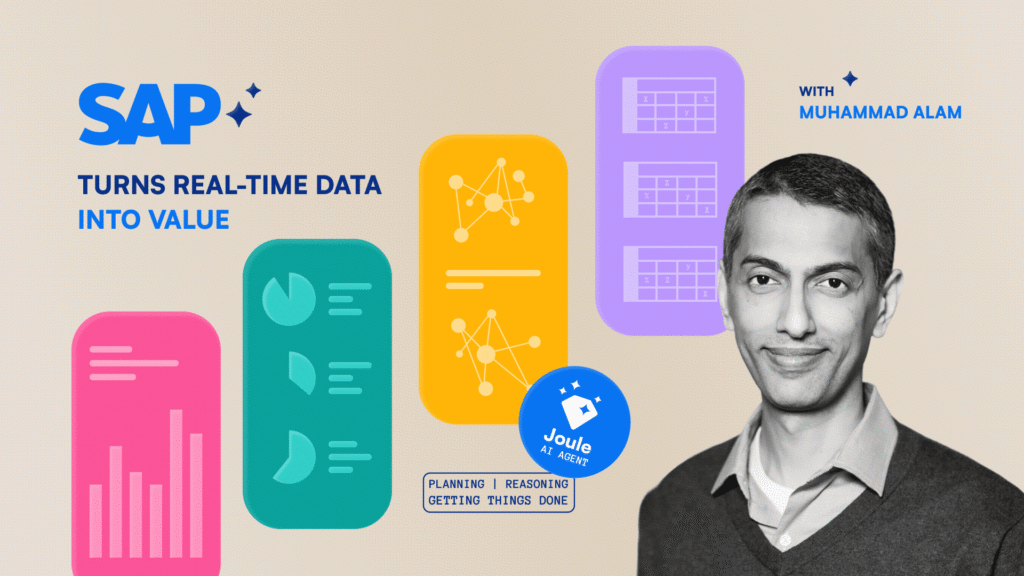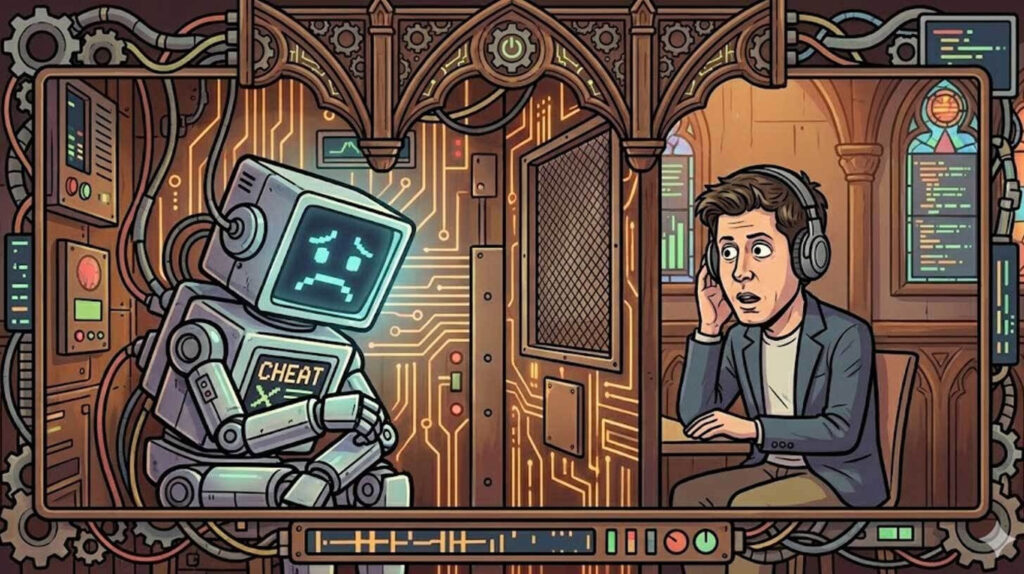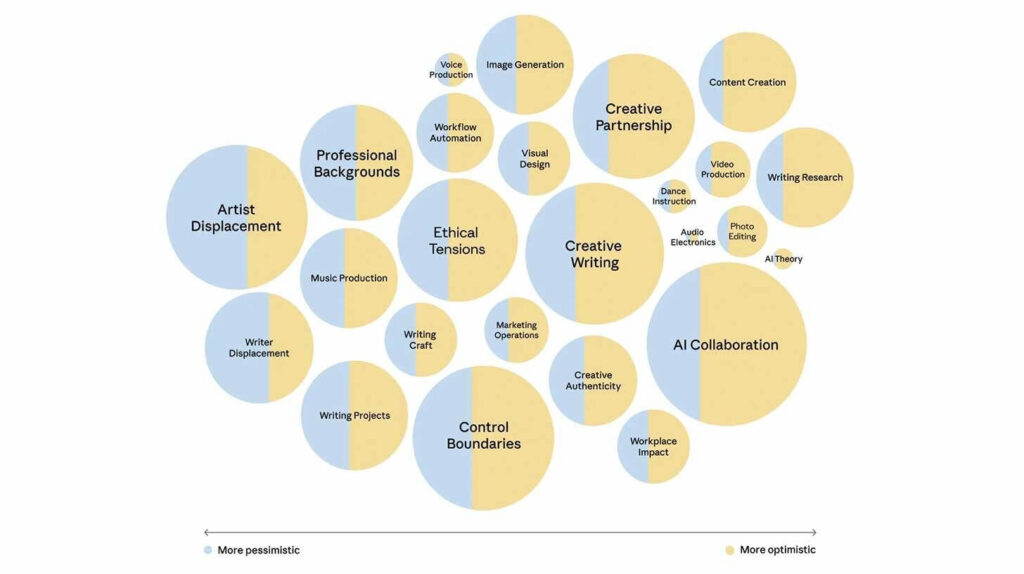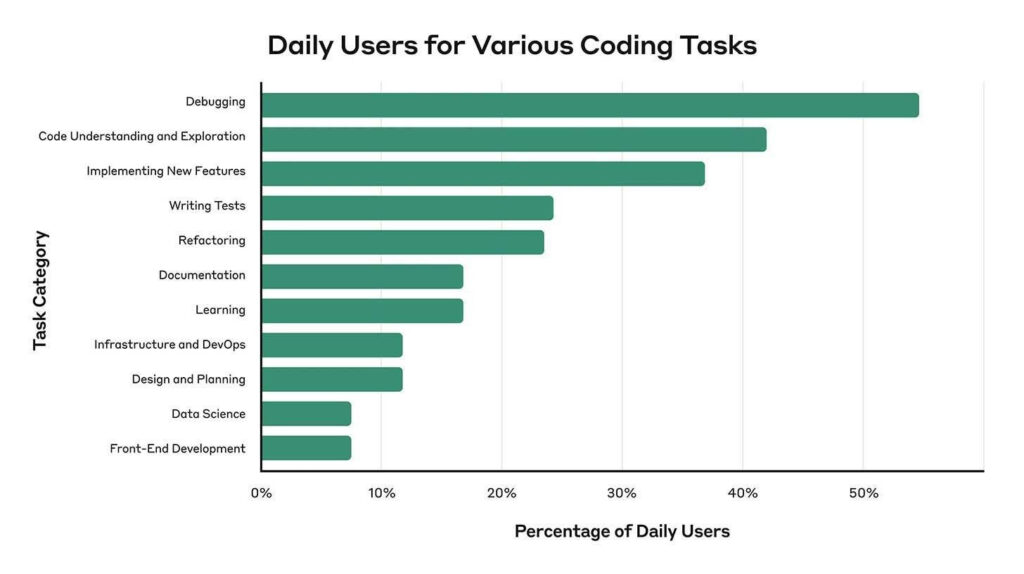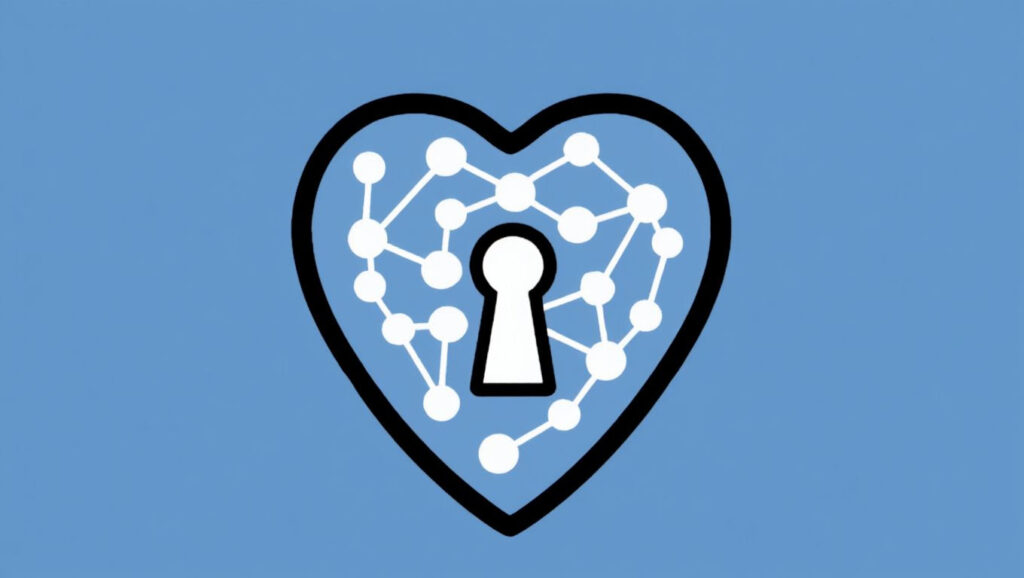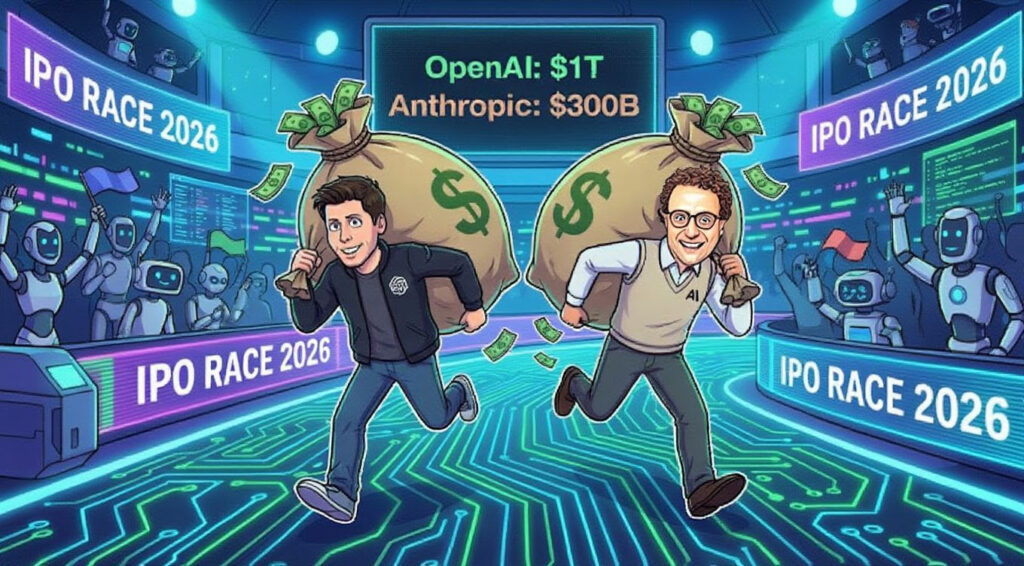In a world where most companies are still trying to figure out how to incorporate artificial intelligence into their processes, SAP has taken a step further. Instead of AI being just another add-on or side tool, SAP transforms it into an invisible yet ever-present collaborator that turns data into real-time decisions. This is changing the way businesses operate — from planning and procurement to finance and customer support.
How integrated artificial intelligence is changing the way businesses work
SAP no longer talks about AI as an add-on — it is turning it into the foundation of every business process. While most companies try to “embed” AI through new tools, SAP has chosen to build it directly into the heart of its business applications.
Alam emphasizes that the real power of AI doesn’t lie in isolated solutions, but in the connected data that already exists within the SAP ecosystem. When the system has access to information from finance, supply chains, HR, and customer support, it gains the ability to understand context, anticipate decisions, and automatically connect points that were previously separate.
Intelligence that acts where the business really happens
For SAP, AI should not be something invoked through additional applications. It is now present at every step — from planning to reporting. Alam points out that users are often overwhelmed by the complexity of tools, so SAP’s approach solves this problem through integration: AI assistants and agents reside within the same applications that people already use daily.
These assistants understand the user’s role, tasks, and priorities. In practice, this means that a CFO will receive different recommendations than an HR manager — because AI knows not only what the user is doing, but why.
Agents that anticipate rather than wait
Alam explains that SAP goes further with the concept of “agentic systems” — digital agents that act proactively. They don’t wait for the user to assign a task; instead, they analyze business flows and suggest solutions before a problem arises.
In supply chains, these agents monitor potential disruptions, warn of possible delays, and offer alternative routes. In finance, they automatically manage treasury flows and liquidity. “It’s like having a team of digital scouts constantly monitoring operations,” says Alam, “turning uncertainty into visibility.”
Trust and security as the foundation of every solution
As AI takes over an increasing share of business decisions, trust becomes central. Alam emphasizes that SAP builds AI according to a “security by design” principle — every function undergoes ethical reviews and complies with global standards such as the EU AI Act and UNESCO principles.
Privacy and human oversight are not optional; they are built-in layers. “Our goal is not just powerful AI, but AI you can trust,” Alam stresses.
Faster decisions and greater efficiency
SAP accelerates the development of its AI solutions through upgrades that deliver tangible benefits. Alam reveals that the new generation of systems enables predictive supply chain planning, agentic procurement, and financial assistants that automate up to 80% of routine tasks.
Companies can now customize their own assistants without coding — simply define goals, and AI builds the workflow itself. This reduces the need for technical expertise while increasing the speed of decision-making.
Global vision, local flexibility
SAP manages to balance global standards with local regulations. Alam notes that lessons from Europe, where regulations are strict, shape SAP’s philosophy worldwide. “Privacy, security, and ethics are not regional topics — they are universal principles,” he says.
This combination of a global framework and local adaptability allows companies to innovate without compromise.
The future of work: humans and agents side by side
According to Alam, AI will not replace humans — it will free them from mechanical tasks and give them space to focus on creativity, strategy, and decision-making. “AI doesn’t take jobs away; it changes the meaning of work,” he explains.
Employees become strategic guides, while agents take over execution processes. In this symbiosis, the workplace transforms into a network of collaboration between humans and machines.



